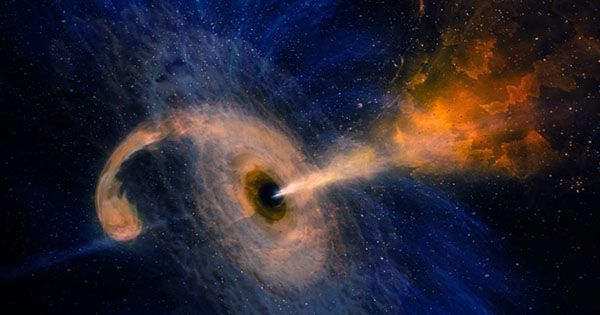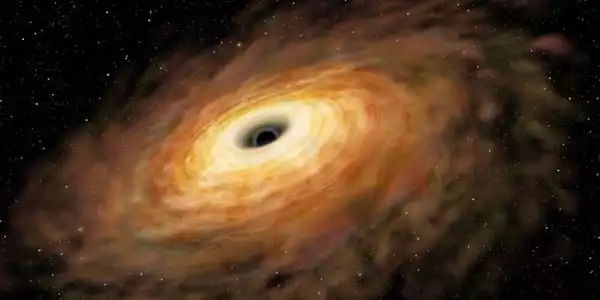Physicists may have recently answered one of the universe’s most perplexing puzzles by revealing that black holes are not completely devoid of features, but do have a property known as “quantum hair.” This discovery might assist to answer the black hole information dilemma posited by Stephen Hawking in the 1970s, as well as connect general relativity and quantum physics theories. Black holes can only have three detectable features, according to Einstein’s theory of general relativity: mass, charge, and angular momentum (otherwise known as spin). Because they lack identifying traits, or “hair,” any two black holes with similar values for any of these qualities cannot be distinguished.
Quantum mechanics, on the other hand, disagrees. The particles that make up any object, according to this basic principle, are packed with quantum information that is retained eternally even if the item is destroyed. This implies that the quantum information about the star that collapsed to produce a black hole, as well as any items dragged into that black hole, must still exist someplace. To put it another way, black holes must have “hair.” It’s been proposed that all of this quantum information may survive and be detected beyond the event horizon, which is the border of a black hole beyond which nothing can escape.

While this theory elegantly explains why we can’t detect any of this hair, Stephen Hawking crushed it to smithereens in the 1970s. According to Hawking’s estimates, black holes are all progressively fading, but the particles they produce have no trace of the quantum information they contain. This means that quantum information falling into a black hole does not escape as radiation, but instead disappears, breaking quantum physics’ laws.
These tiny evaporating particles, known as Hawking radiation, sent shivers through the scientific world by hinting that either general relativity or quantum physics — the two theories on which our whole knowledge of reality is based – might be wrong. Researchers have finally found a solution to the so-called black hole information conundrum, after nearly half a century of existential dread.
The authors of the study, who published their findings in the journal Physics Letters B, explain that any mass that collides with a black hole leaves an impression on the black hole’s gravitational field. The quantum information about that stuff is retained in this fashion, giving the black hole its hair. To arrive to this result, the researchers employed a set of mathematical equations to explain what occurs when two stars of similar size and mass collide into black holes, but with differing compositions.
They proved that, while the charge, mass, and spin of the resulting black holes may be similar, their gravitational fields differ, leaving an imprint of the quantum information stored within the stars from which they arose. “It was commonly considered within the scientific community that resolving this dilemma would involve a massive paradigm change in physics, demanding the prospective reformulation of either quantum mechanics or general relativity,” research author Professor Xavier Calmet of the University of Sussex, UK, said.
“What we discovered – and what I find very intriguing – is that this isn’t required,” she says “In a statement to IFLScience, he remarked. “Our answer does not involve any speculative ideas; rather, our research shows that the two theories can be combined to create consistent black hole calculations and explain how information is stored without requiring radical new physics.” “It turns out that black holes are nice children, retaining the memories of the stars from which they were born.”
















